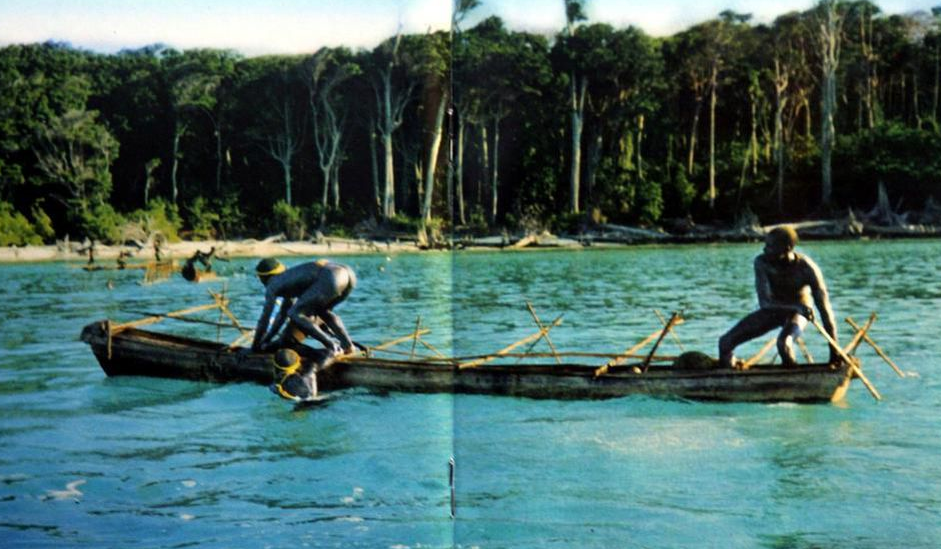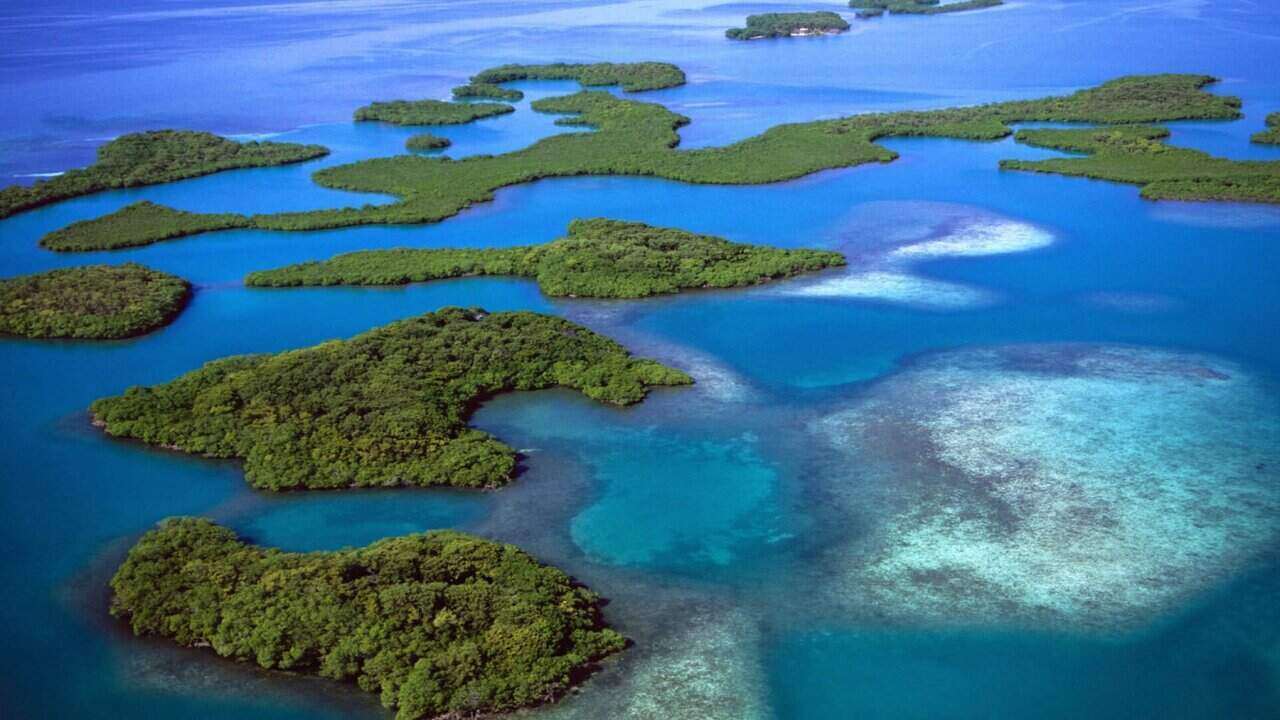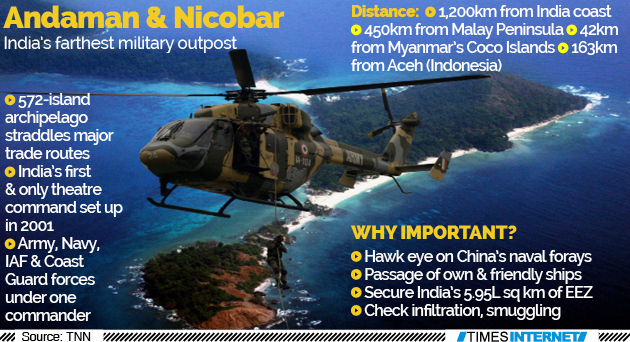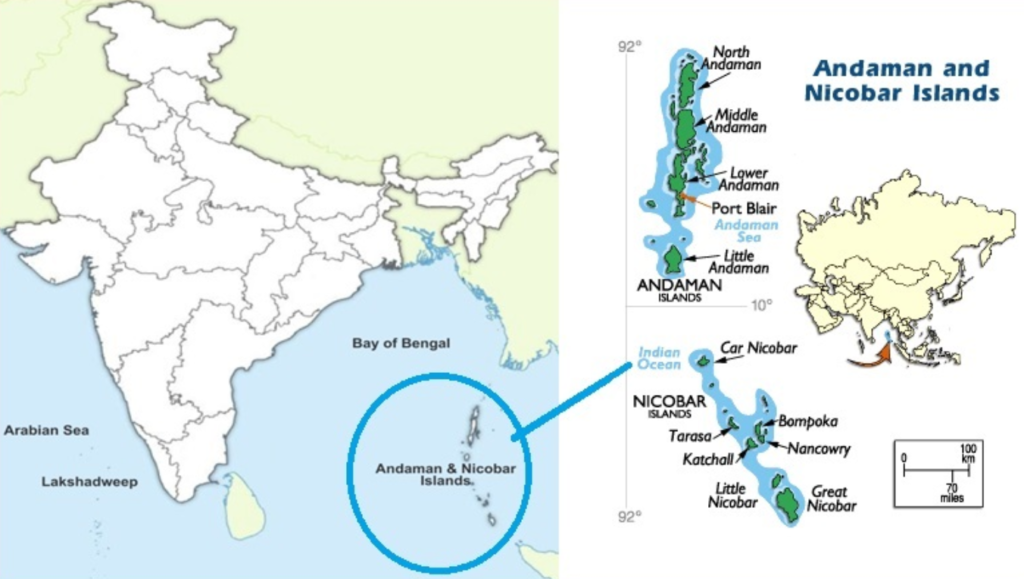Andaman and Nicobar Islands is a whole new world out there.
Andaman and Nicobar Islands(ANI) is an intricate mesh of all possible Ecosystems found on Earth, a compact beautifully co-existing in one stable package: It harbors dense tropical Evergreen forests as well tropical Monsoon forests; Little Andaman has extensive fresh and saline water marshes and peat.
Being enveloped by Sea water, Deltas and Mangrove Forests occur in these Islands. Coral reefs, lush Seagrass beds as well as South Asia’s only confirmed active volcano by the name Barren Volcano is found in Andaman.
Geographically, both the set of Islands are separated by the 150 km wide Ten Degree Channel (on the 10°N parallel). The Andaman Islands lie north to this latitude, while Nicobar Islands to the south (or by 179 km).
Strategic Character of the Islands:
Because of its strategic location, being at the confluence of two major water bodies: Indian Ocean and South China Sea, its proximity to the Malacca Strait and as conjunction in the busiest and most important chokepoint of Asian Trade routes, ANI serves as an important fulcrum of the strategic concept of the Indo-Pacific for Indian geopolitics.
In lieu of these reasons, ANI has been receiving all the attention lately. In December 2018, Prime Minister Narendra Modi on a two-day visit to the Andaman and Nicobar Islands, renamed 3 of the islands as a tribute to Subhas Chandra Bose, marking the 75th anniversary of the hoisting of the Indian flag by Bose at the place.
Ross Island was renamed as Netaji Subhash Chandra Bose Island; Neil Island as Shaheed Island; and Havelock Island as Swaraj Island.
With growing clamor of Indo-Pacific policy of US and insecurities of QUAD in the region, these islands were recognized as the Andaman and Nicobar Command, the first and only tri-service geographical command of the Indian Armed Forces. It provides logistical and administrative support to the ever-increasing military assets to be sent on deployment to East Asia and the Pacific Ocean.
The NITI Aayog is beginning to cash in this strategic location by building a Greenfield city in Little Andaman.
It will have infrastructure such as ‘underwater’ resorts, casinos, golf courses, convention centres, plug-and-play office complexes, a drone port with fully automated drone delivery system, and nature cure institutes, apart from International Airport
Pain in the Gain:
The impending Biodiversity loss
Serving as India’s southeast border, these 572 discrete islands in the archipelago give shelter to around 9,130 animal species, straddling both terrestrial habitats and marine waters. Endemism in marine habitats is four times lower than observed on land.
The high percentage of endemism in terrestrial fauna has been attributed to the to the isolation of land masses and their faunal elements from each other while the low endemicity in the marine faunal elements is due to continuity of the water medium.
Over a thousand Flora-Fauna species are exclusive to this part of the world i.e. are Endemic (including some rare and endangered ones), describes a book Endemic Fauna of Andaman and Nicobar Islands by ZSI (Zoological Survey of India).
The Book highlights a high degree of Endemism here, that needs preservation. These Islands are host to 225 species of Butterflies and Moths alone apart from the infamous Saltwater Croc, Nicobar Pigeon, Dugong, long-tailed Nicobar Macauqe, Narcondam Hornbill etc.
These Indigenous species are nearly 11.3% those already faced the threats from Natural disasters and Poaching. Even the non-endemic species reflect a fascinating mixture of taxa from Indo-China, Indo-Malaya and even subcontinental India.
A study by ISRO has suggested loss in forest cover from about 6,416 km square in 2013 to 6,169 km sq by 2025, for the Andaman and Nicobar Islands.
Even the Divisional Forest Officer, Little Andaman, has raised serious concerns about India’s vision on grounds of ecological fragility, indigenous rights and vulnerability to earthquakes and tsunamis.
The Ethnic slayer project:
Andaman and Nicobar Protection of Aboriginal Tribes Regulation (ANPATR) promulgated in 1956 protect the rights of ethnic communities found in the islands: Sentinelese, the Jarawa, Onge, Andamanese, Shompen, Nicobarese.
These have suffered a long irreversible decline in numbers.
Andamanese: In 1858, there were 4,800 of them; in 1901, 625; in 1930, 90; and in 1988, only 28. Warfare against Colonizers and diseases cluttered their survival severely.
Jarawas were the next group to face land colonization. Their numbers today are about 300 and live on the 742 square kilometer Jarawa reserve in South and Middle Andaman islands.
Onge of the remote Little Andaman islands were then contacted by outsiders in 1867 when they killed eight sailors. In retaliation, seventy Onges were killed, nearly 10 per cent of the total population. Later Onges were struck by diseases to contract in numbers from 670 in 1901 to 250 in 1930 and to about 100 in 2006.
Many like the Sentinelese people, have been an uncontacted tribe, with bare Paleolithic level of technology and Immunity levels without any strike by known pathogens in this part of the world.

Any contact by humans whatsoever can lead to the extinction of an entire tribe in one go. Most irregular surveys estimate their population to lie between 50 and as high as 200 due to uncertainty.
“If we tried to venture into their territory without respecting their wishes or got too close for comfort, they would turn their backs on us and sit down on their haunches, as it to defecate. That was meant to be an insult. If we didn’t pay heed and stop, they would shoot arrows as a last resort,” Pandit described as He has only made contact to Sentinelese on GOI’s behalf.
These tribes, now the masters of their hidden lands and souls, may now soon become victims of Development.
Therefore, it is of utmost importance now that we balance our needs sustainably, be it strategic or economic. Once we begin investing for bad on the Island, every step back will be difficult.
When Climate Change is altering the face of planet, we need to alter our ways, maybe we do not need to plant trees here and there. Preserving the Nature’s existing gifts and not destroying them in the name of arid Development, is also fruitful in the long run.



